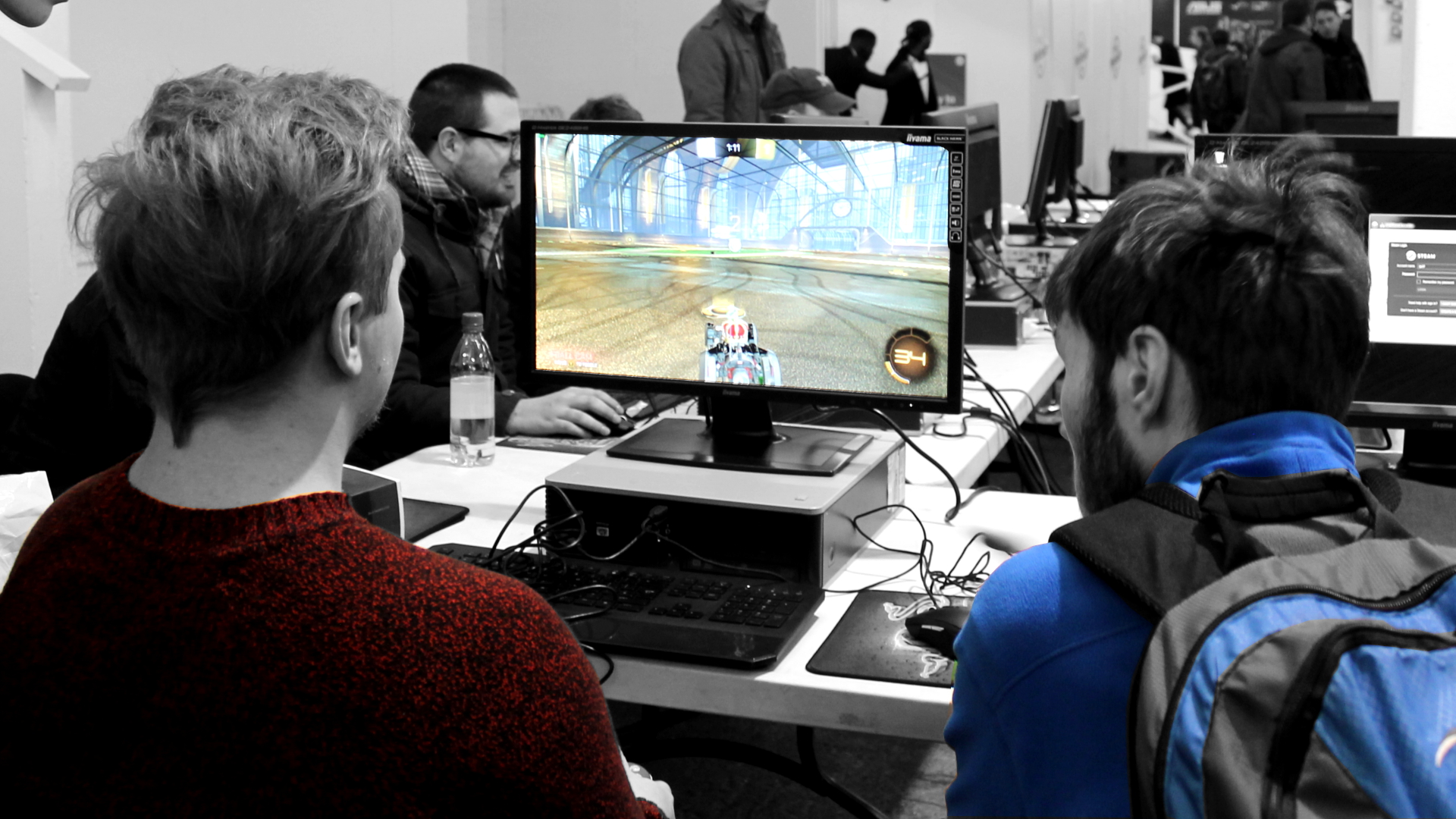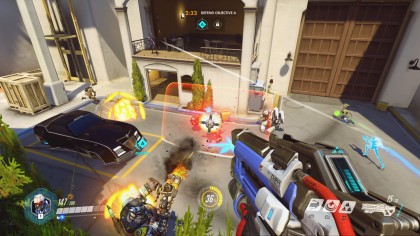Windows 10 Game Mode gut check: a clear benefit you’ll barely notice

Windows 10 Game Mode – rolling out as part of the Creators Update starting April 11 – provides a clear benefit to a specific (but wide) set of PC gamers, but it’s one that most won’t even notice. Microsoft invited us to test out the feature on final Creators Update software, and the numbers don’t lie.
It’s just that our eyes simply cannot tell the difference.
Game Mode works by reallocating system resources – your CPU and GPU, primarily – in a way that prioritizes a game at the “front window” or the app you’re actively using. According to Microsoft, what this does is smooth out frame rates, reducing the amount of stark drops in frames per second (fps) caused in part by background processes and other open apps making calls to the hardware during demanding tasks, i.e. a game.
- Game Mode even enhances the best Windows tablets
Here’s the system configuration on which we tested Windows 10 Game Mode:
CPU: 3.4GHz Intel Core i3-4130 (dual-core, 3MB cache)
Graphics: Nvidia GeForce GTX 1060 (6GB GDDR5); Intel HD Graphics 4400
RAM: 8GB DDR3 (1,333MHz)
Storage: 128GB SSD (boot drive); 500GB HDD (5,400 rpm)
Motherboard: ASRock H97M-ITX/AC (Mini ITX; LGA1150)
Power Supply: Rosewill 450W 80+ Bronze Certified
Operating system: Windows 10 Home 64-bit
Microsoft has also stipulated that PC gamers will see the most dramatic benefit from Game Mode running on PCs which have seen many OS updates and have lots of background processes active at any given time.
So, we tested Game Mode on this editor’s very rig: a three-year-old gaming PC that is far from optimally-specced and has seen several OS updates as well as app installs. Let’s just say this is a Windows 10 PC with some serious mileage on it.
The numbers don’t lie
So, how did it do? To measure the effect of Windows 10 Game Mode on a given, everyday system, we approached it from two angles. (Before getting into it, know that all tests were conducted at the high performance power setting at 1080p resolution with no apps open behind the game but no background processes disabled.)
For one, we looked to run one of our standard gaming benchmarks, Grand Theft Auto V, to see whether we’d see any rise in average frame rate with Game Mode. As suspected, the gains are minimal to the point of possibly being an anomaly in the average of our benchmark results.
Sign up for breaking news, reviews, opinion, top tech deals, and more.
Here’s how our PC performed with and without Game Mode:
GTA V without Game Mode:
Ultra: 41 fps
Low: 105 fps
GTA V with Game Mode:
Ultra: 42 fps
Low: 105 fps
Overwatch without Game Mode:
Epic: 91 fps
Frame rate dips of 10 or more: 20
Overwatch with Game Mode:
Epic: 90 fps
Frame rate dips of 10 or more: 15
But, we knew that already. Windows 10 Game Mode isn’t going to magically give you more fps than you’re already getting in a game. What it will do, however, is reduce how often a game’s frame rate dips by several fps across the run-time of the game.
To test this specifically, we played a few matches of Overwatch at Epic settings both before and after Game Mode was enabled using Fraps, a widely-used free benchmark that tracks fps both in averages and also over a set period of time. This last bit is what will tell us more about Game Mode than likely any benchmark.
Setting the clock to five minutes, we’re looking for dips in frame rate of 10 frames or more – something you might actually notice – across that time to measure the smoothness of play. And, while the numbers don’t lie, your eyes will almost certainly deceive you in-game.
We found that, without Game Mode, Overwatch suffered from 20 dips in frame rate of 10 frames or more during that five minutes, while only 15 major drops occurred with Game Mode active.
That’s a measurable, 25% decrease in major frame rate dips, thanks to Game Mode.

Now, are you going to notice this in a game if it's consistently generating more than 60 fps? Not really, frankly. But, if you’re running a game on a system that caps out at, say, 55 fps on average, you’re likely to see that increase in smoothness more easily.
Now, what does this all mean? While it’s hard to say definitively before more testing (which is still to come), Game Mode seems to do what it says on the tin. You’re getting an increase in frame rate smoothness, not raw frame rate gains, and especially on systems that have seen a few graphics card refresh cycles. Gaming laptops specifically come to mind, being difficult to upgrade and rarely replaced annually.
Should you bother running Game Mode, then? Well, it certainly wouldn’t hurt unless you’re also running an intense media rendering app in the background. Those with the most well-kept systems with the latest hardware aren’t seeing much benefit from Game Mode; but, if you’re rocking a somewhat dated gaming PC or a gaming laptop that more than a year old, you’ve got nothing to lose but some of those nasty frame rate dips.
- The best gaming laptops of 2017 so far

Joe Osborne is the Senior Technology Editor at Insider Inc. His role is to leads the technology coverage team for the Business Insider Shopping team, facilitating expert reviews, comprehensive buying guides, snap deals news and more. Previously, Joe was TechRadar's US computing editor, leading reviews of everything from gaming PCs to internal components and accessories. In his spare time, Joe is a renowned Dungeons and Dragons dungeon master – and arguably the nicest man in tech.